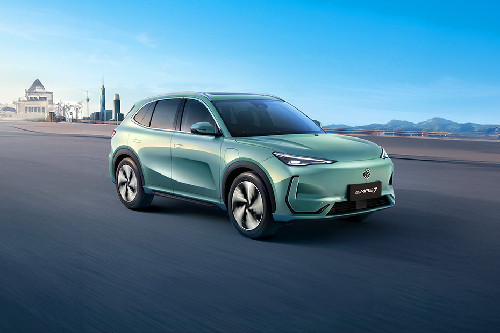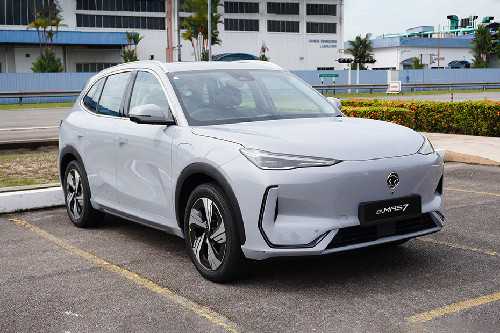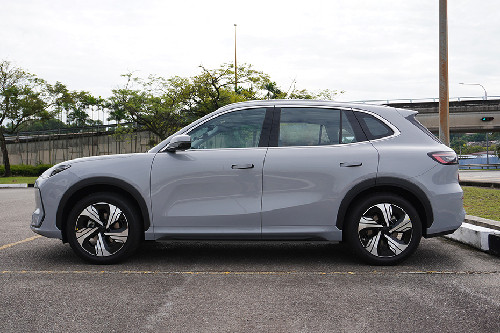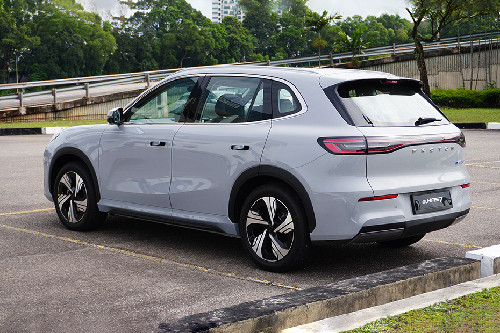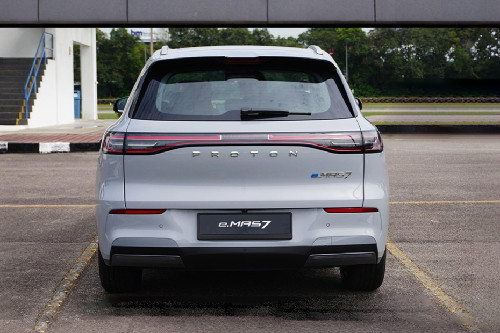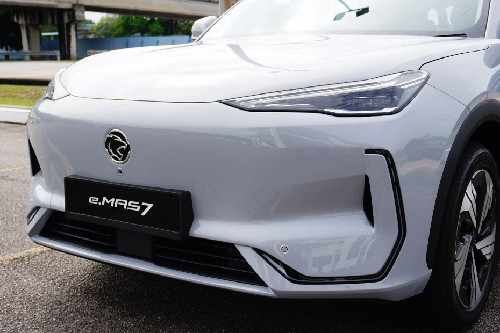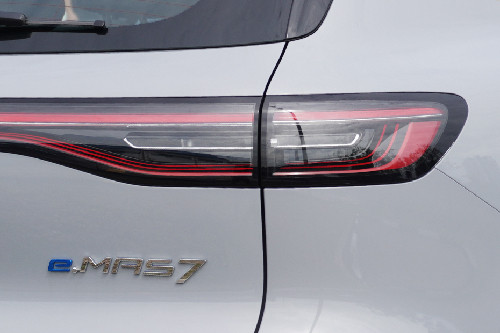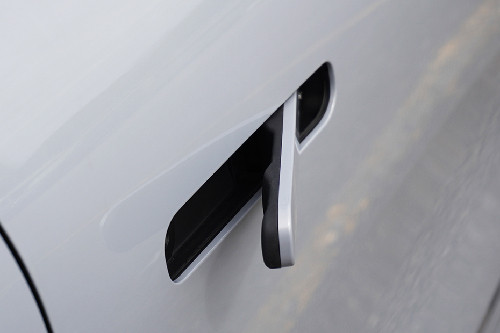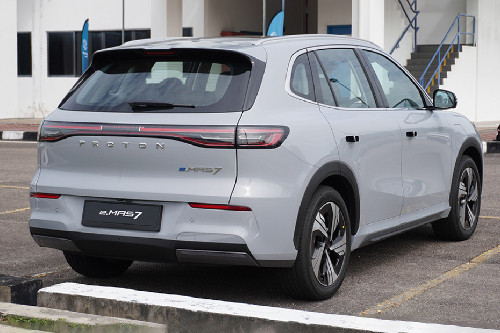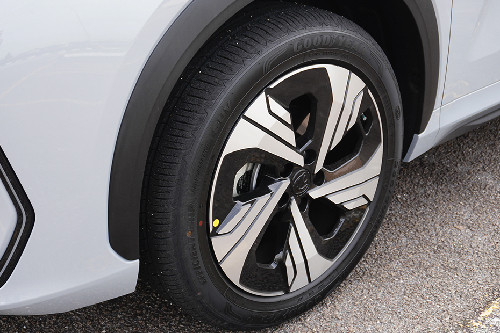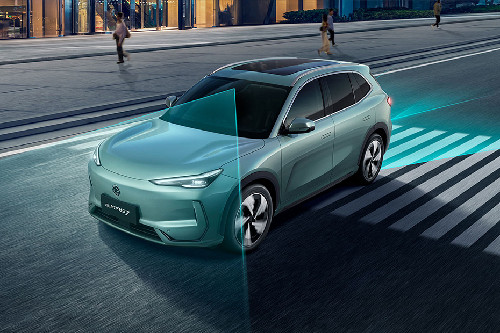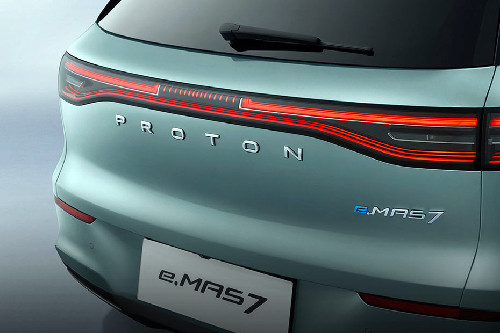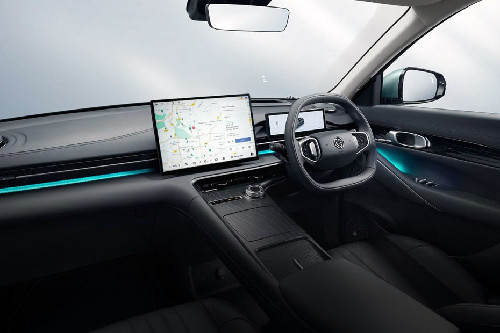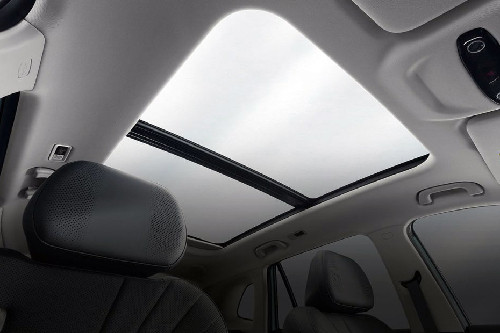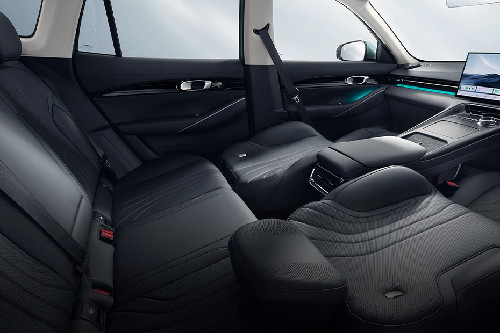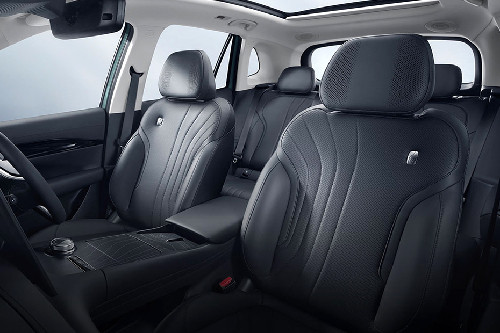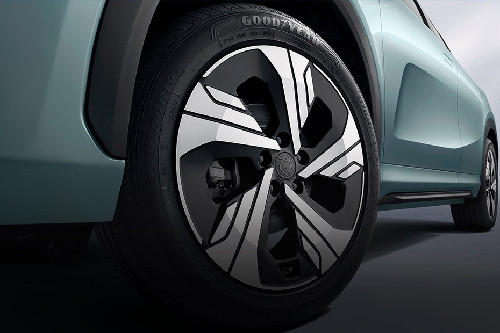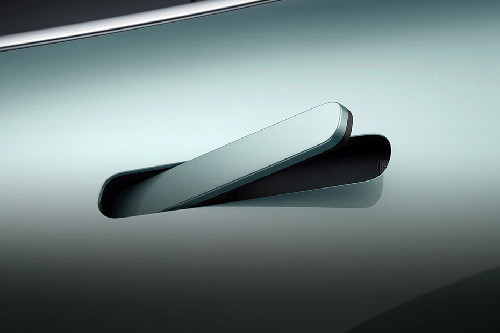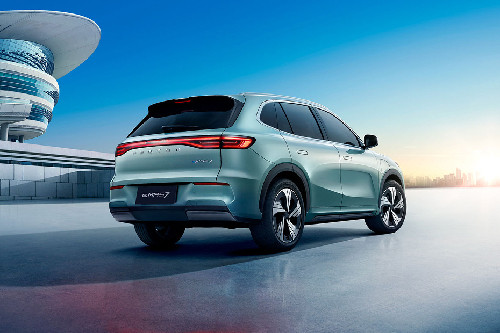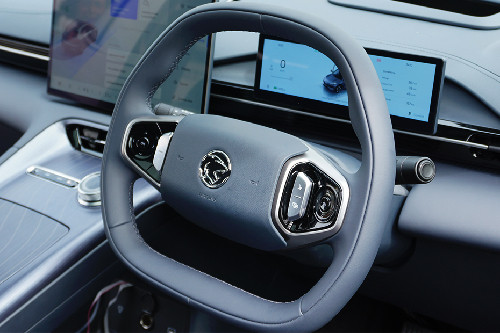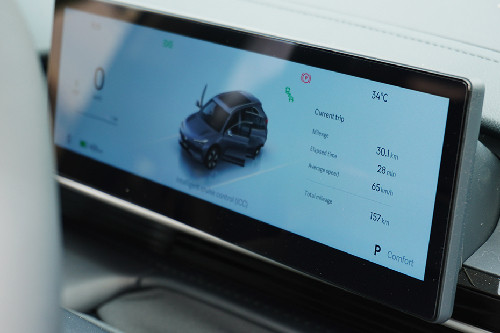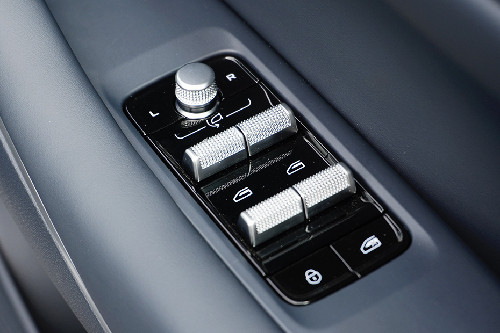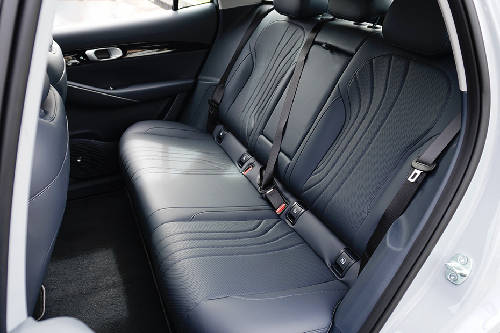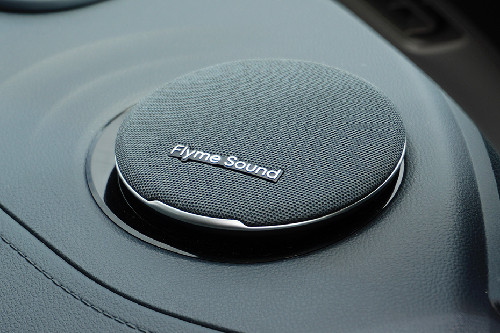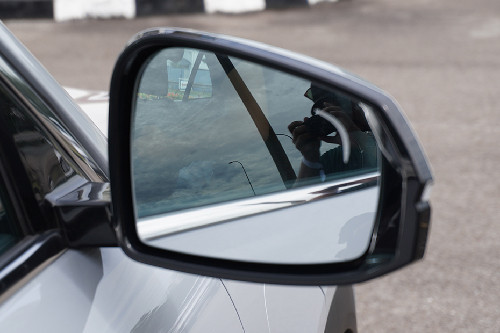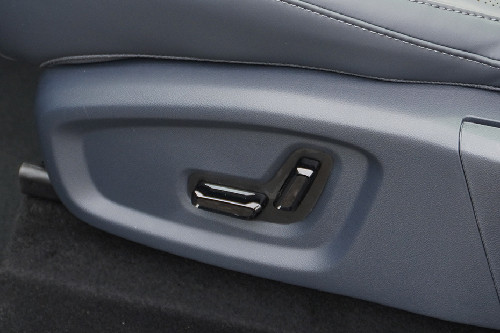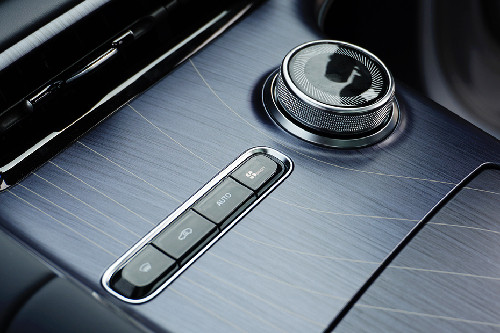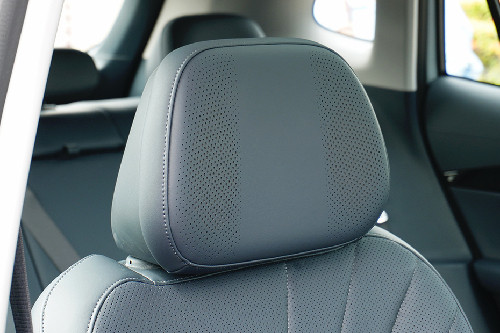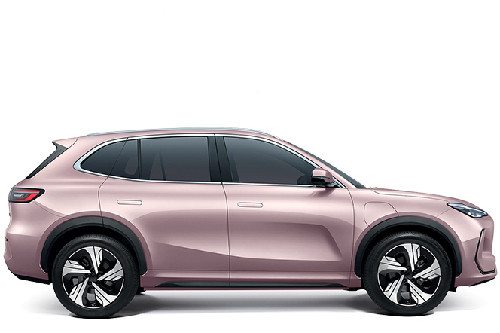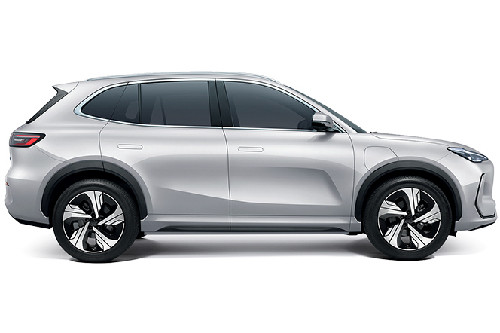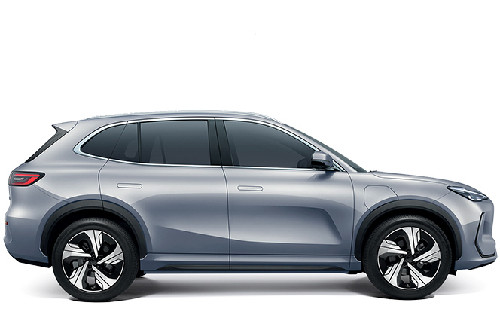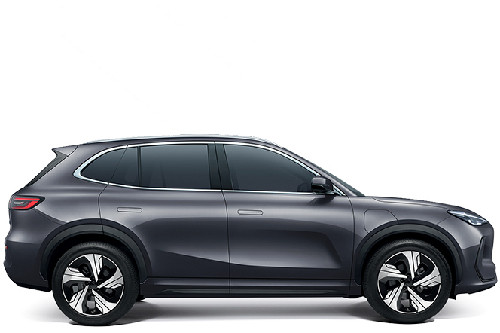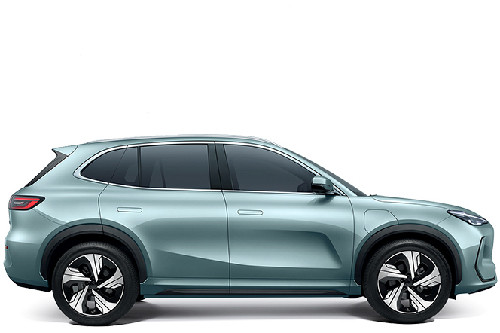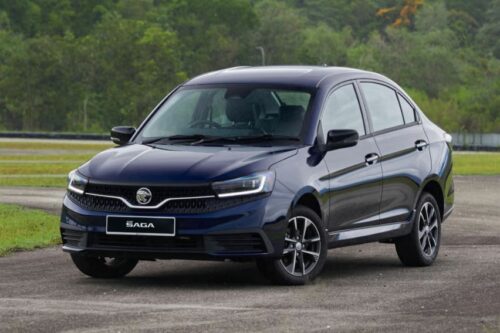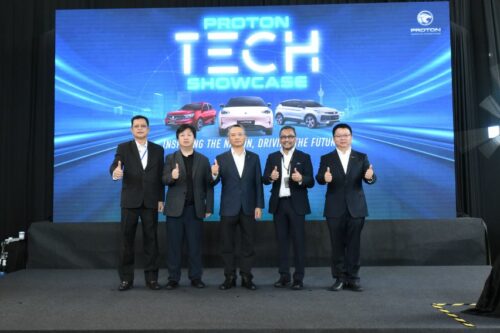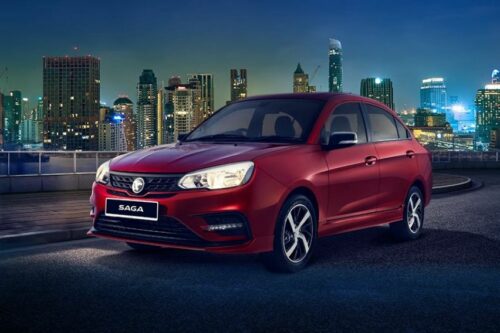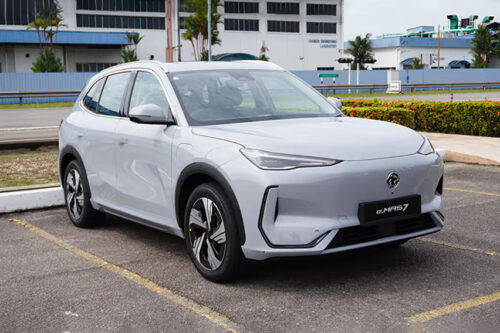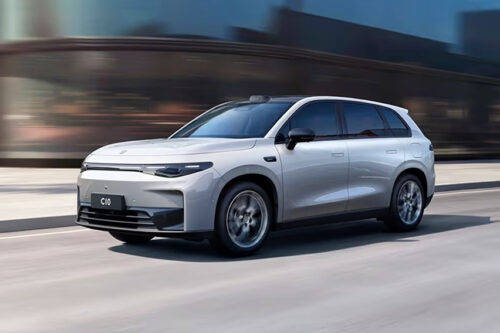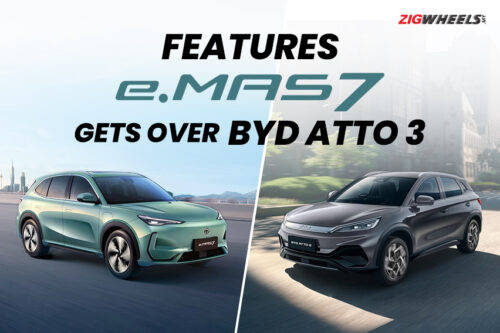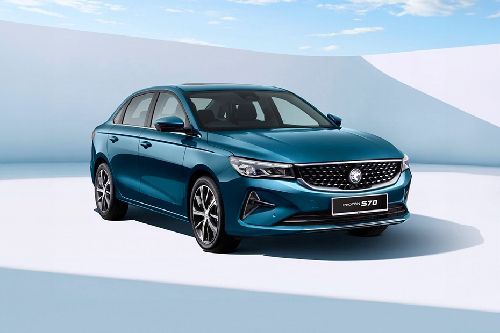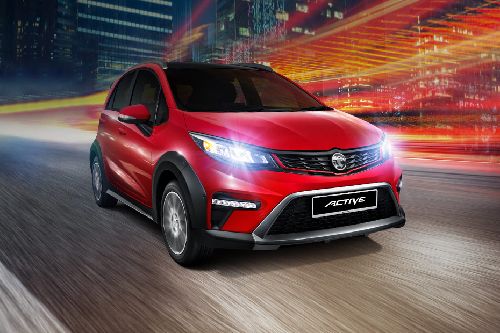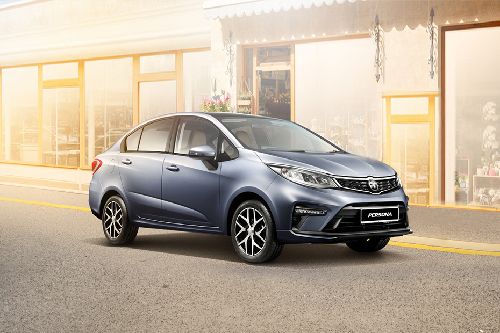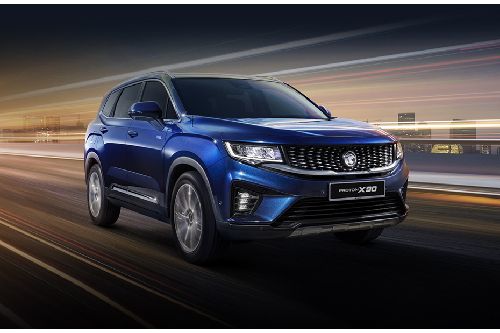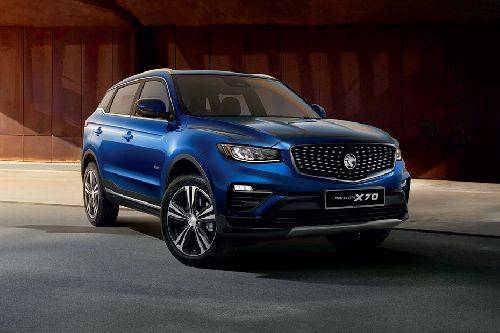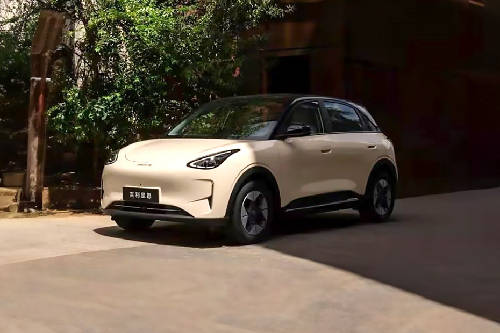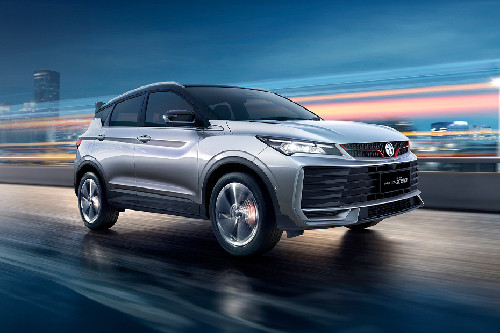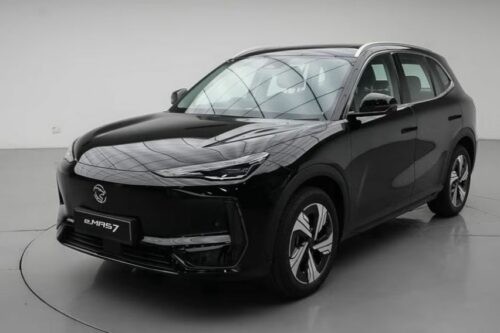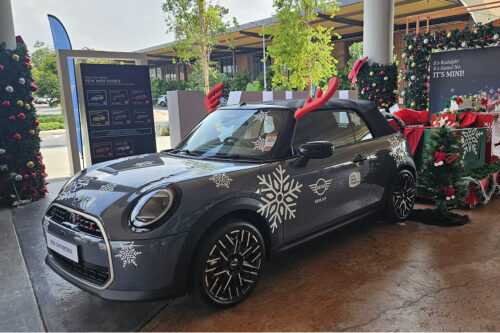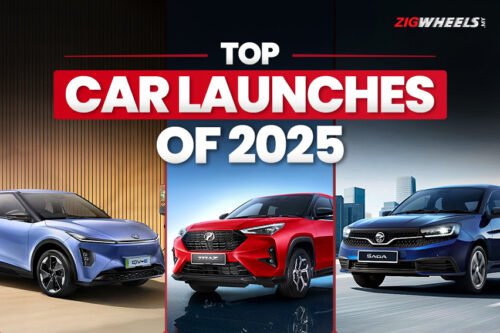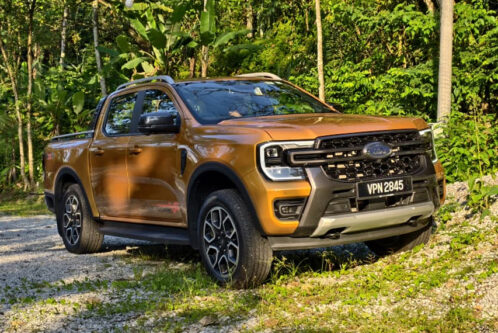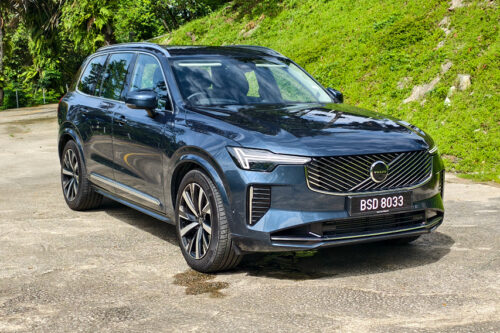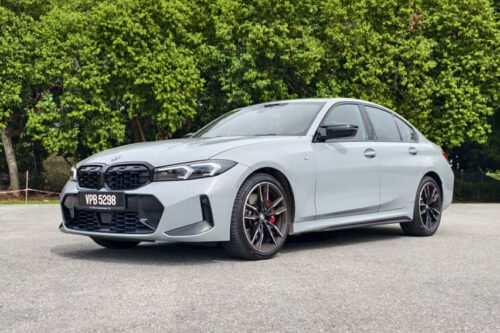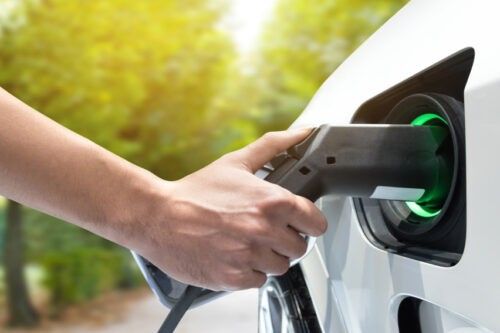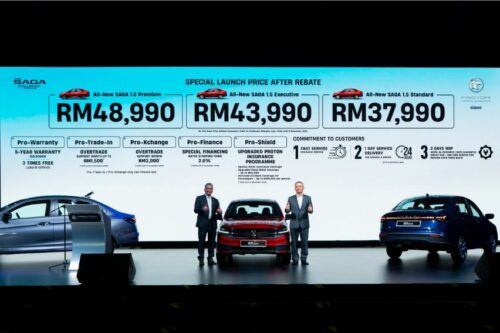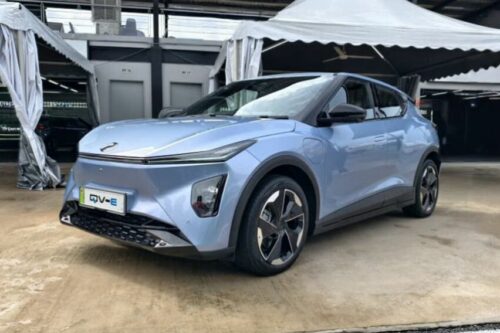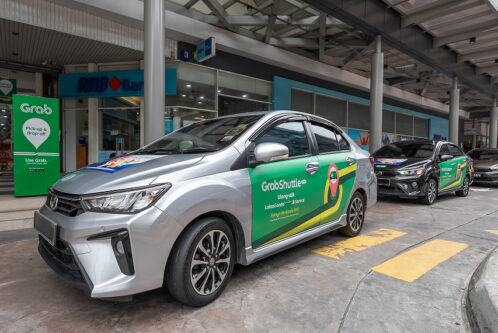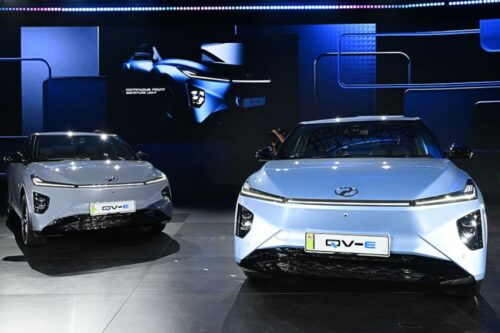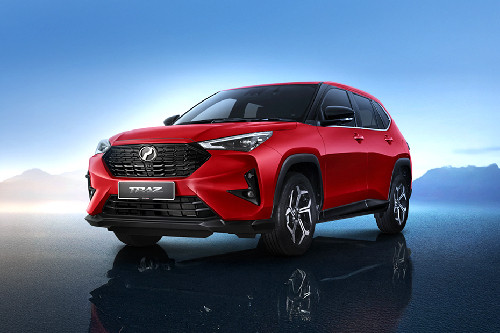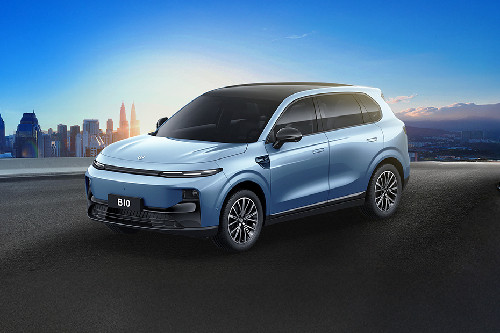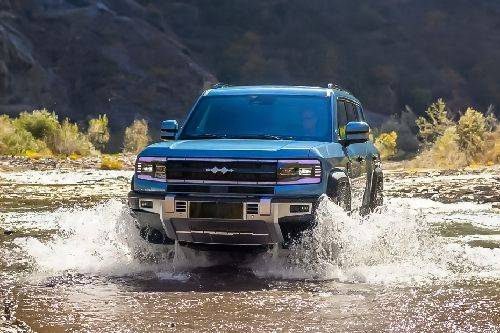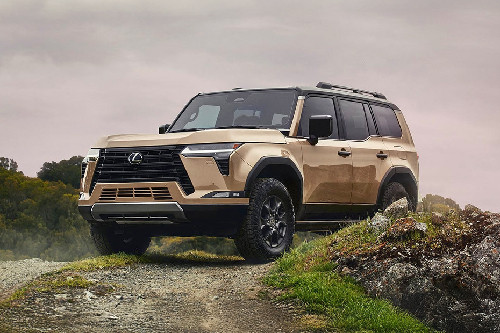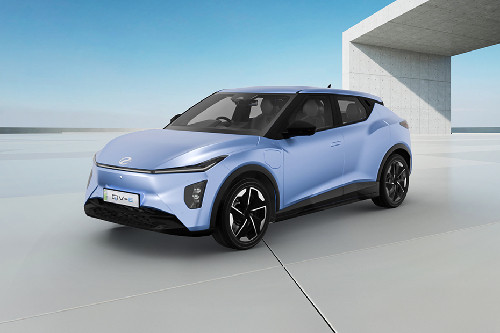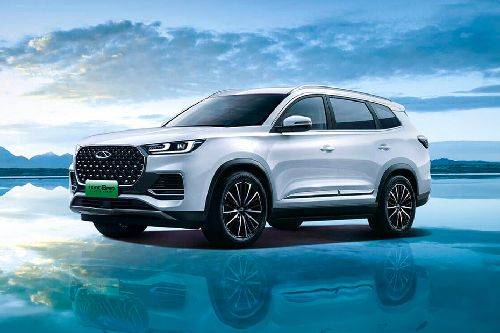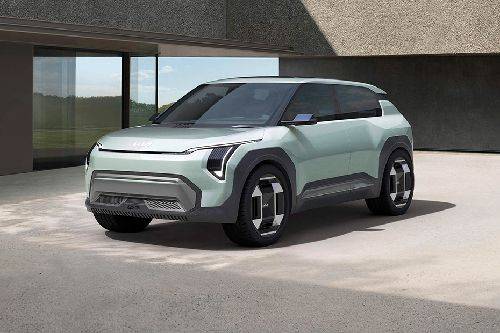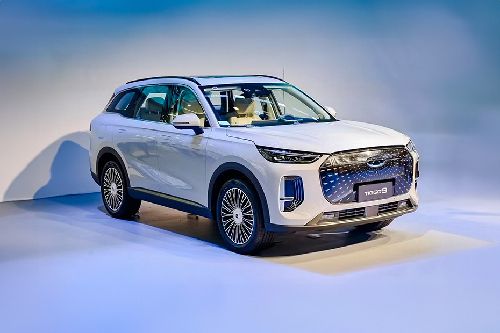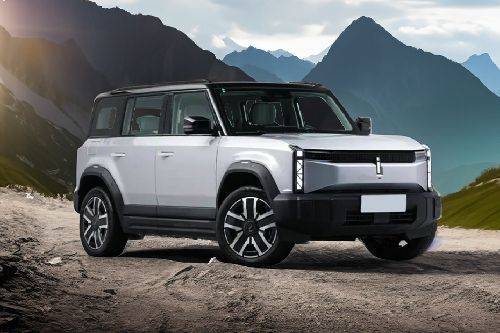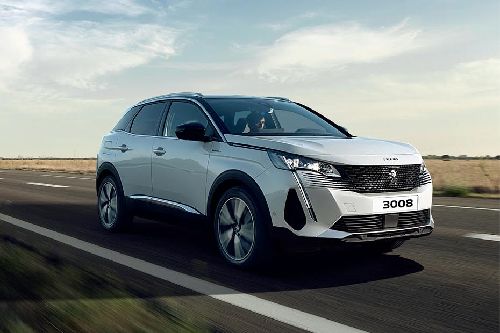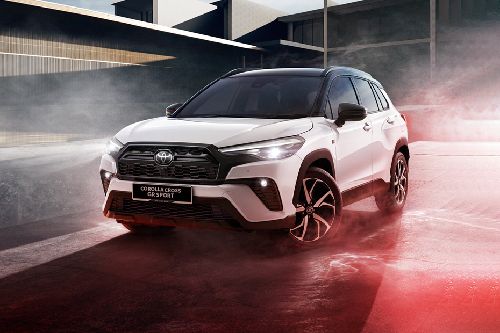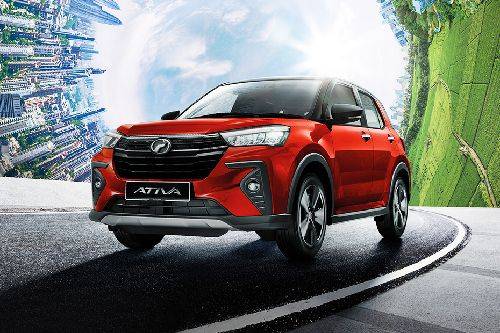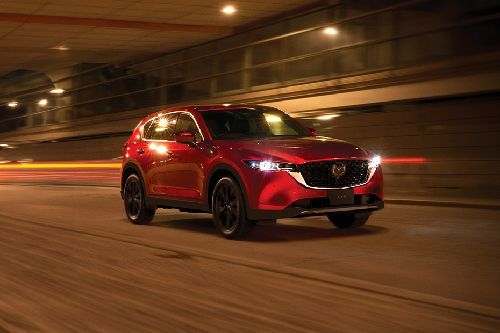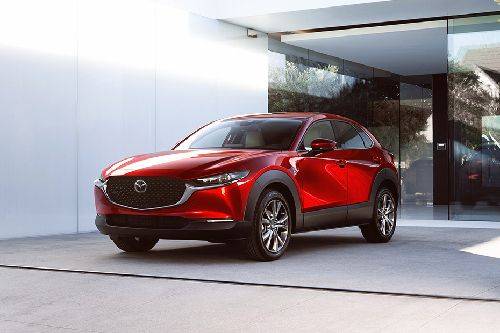Proton eMAS7 test drive: Does it have the brand's signature ride and handling excellence?
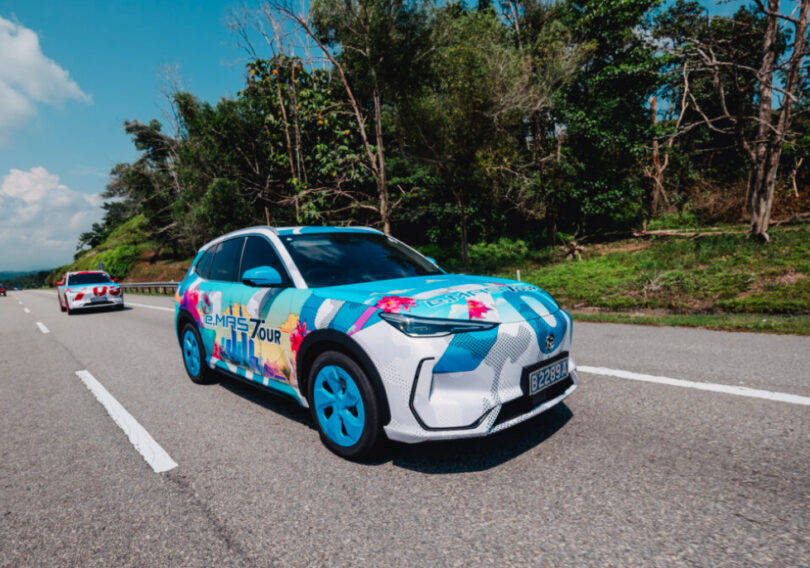
- KEY TAKEAWAYS
- From Geely E5 to Proton eMAS7: Tweaking for Local Taste
- Fine-Tuning for Perfection
- Testing the Proton eMAS7: A Day at the Test Track
- High-Speed Confidence
- Straight-Line Performance: Smooth, Not Snappy
- Slalom Agility: A Surprising Star
- Braking Power and Stopping Confidence
- Some Reservations
- Why This Matters
- The Road Ahead
KUALA LUMPUR: As anticipation builds for the December 16th full unveiling of Proton’s first-ever electric vehicle (EV), the eMAS7, the national carmaker has been carefully trickling out details to keep the excitement alive.
KEY TAKEAWAYS
When will Proton launch the eMAS7?
According to their schedule, this December 2024What's the estimated price?
Rm120,000, but we're unsure whether that's the ceiling priceIs it open for booking?
Yes, through the eMAS appThe latest tidbit Proton is eager for us to experience? How it drives.

And no, it’s not that we’re withholding exterior photos—Proton has requested that all exterior images remain under wraps until the big day, so it seems we can only show you the interior for now. But while the shroud of secrecy continues, we’ve had the privilege of getting behind the wheel for a sneak peek.
Also Read: Top rivals of the upcoming Proton e.MAS 7 EV
Based on our initial impressions, it’s clear that Proton is determined to achieve what they’re best known for: legendary ride and handling, even in their first EV.
From Geely E5 to Proton eMAS7: Tweaking for Local Taste
Before diving into the driving experience, it’s worth touching on how much effort has gone into making the eMAS7 feel like a true Proton.
Back in September, we had a chance to test the Geely E5—the eMAS7’s twin—on Malaysian soil. And let’s just say it wasn’t all smooth sailing.

The Geely E5’s suspension, tuned for Chinese roads and driving preferences, was far too soft for our local conditions. It wallowed over undulating surfaces, resulting in a bouncy, almost seasick-inducing ride.
While this setup suits China’s mostly straight roads and a preference for cushy comfort, Malaysia’s more demanding and varied road conditions call for a different approach.
Proton’s engineers had their work cut out for them. A “Proton ride and handling” package is about balance: comfort and control working in harmony.
The suspension should glide over potholes and uneven surfaces while maintaining precise feedback through the chassis and steering.
Drivers should feel connected to the road, with the confidence to take on sharp corners or high-speed maneuvers. Achieving this on an EV—a heavier vehicle by nature—is no small feat.

Fine-Tuning for Perfection
We’ve learned that the prototype we drove at Proton’s test track in Shah Alam was already the second iteration of suspension tuning, with feedback being relayed to engineers in China for further refinements.
Proton’s approach involves painstaking collaboration with Geely to ensure the eMAS7 carries forward the brand’s DNA.
Now, onto the fun part: how does it drive?
Testing the Proton eMAS7: A Day at the Test Track
Our test drive took place at Proton’s controlled test track, giving us a glimpse into the eMAS7’s capabilities in a safe and predictable environment.
The session included high-speed banking corners, straight-line acceleration, a slalom course, and a braking test.

High-Speed Confidence
The first test was on the oval track, featuring two long straights and banked corners. Reaching speeds of up to 160 km/h (its top speed is 175 km/h), the eMAS7 displayed excellent stability.
Proton has always excelled at instilling confidence in their cars during high-speed maneuvers, and the eMAS7 was no exception.
The steering was nicely weighted, giving just enough feedback without being overly twitchy. Despite its hefty size and weight (thanks to the battery pack), the body remained composed through the banking corners, gliding through with minimal fuss.

Straight-Line Performance: Smooth, Not Snappy
On the straights, we tested the eMAS7’s acceleration from 60 km/h to 140 km/h. As expected from an EV, the instant torque from its 320 Nm motor made accelerating to higher speeds a breeze. However, the power delivery wasn’t as thrilling as we’d hoped.
Unlike many EVs that deliver a dramatic shove of torque off the line, the eMAS7 felt more gradual—almost conservative. Even in Sport mode, the initial take-off lacked the urgency typically associated with electric vehicles.
Once it got going, though, the power delivery felt seamless and consistent, which is reassuring for real-world overtaking scenarios.
The lack of a snappy launch might be due to a deliberate tuning decision. It’s possible that Proton has prioritized smoother starts to preserve the motors or enhance safety.
While we were slightly underwhelmed, it’s a trait that could appeal to buyers seeking a more predictable and less aggressive driving experience.

Slalom Agility: A Surprising Star
The slalom course was where the eMAS7 truly shone. For a car of its size—a bubbly, family-friendly SUV—it handled the tight turns with surprising agility.
The steering felt sharp and precise, allowing the eMAS7 to weave through cones without the rear end losing composure. Body roll, often a concern in larger vehicles, was well-controlled, thanks to the fine-tuned suspension.
The eMAS7 felt more like a well-sorted SUV than a bulky EV, offering a dynamic driving experience that many competitors in this segment fail to deliver.
Braking Power and Stopping Confidence
Finally, the braking test showcased the eMAS7’s ability to bring its nearly two-tonne weight to a halt with ease. The brakes felt strong and reliable, with no hint of fade, but then again, we never tested it after multiple hard stops.

Some Reservations
While our test drive left us mostly impressed, there are a few caveats. For one, the prototype’s acceleration performance could use some tweaking to match the immediacy that EV drivers have come to expect.
Additionally, our impressions were limited to Proton’s smooth test track—real-world conditions with uneven Malaysian roads could reveal new challenges.
Another thing to note is that we tested the Premium variant with 19-inch wheels, which typically sacrifices a bit of ride comfort for aesthetics and handling.
We didn’t get a chance to try the Prime model with its smaller 18-inch wheels, which might offer a more comfortable ride.

Why This Matters
Proton’s task with the eMAS7 is monumental. Not only is this their first EV, but they’re also trying to uphold the legacy of Proton’s famed ride and handling while adapting it to a completely different type of vehicle.
EVs present unique challenges for tuning suspension and handling dynamics. The added weight of the battery pack can make the car feel cumbersome, and the instant torque can upset the vehicle’s balance during spirited driving.
It’s a delicate dance that only a few brands—like BMW—have truly mastered.
Proton seems determined to rise to the occasion. If they can pull this off, the eMAS7 won’t just be a noteworthy addition to the EV market—it will be a big high five to Proton’s engineering prowess and their commitment to delivering a car that Malaysians can be proud of.

The Road Ahead
With a little over two weeks until the eMAS7’s official unveiling, excitement is reaching a fever pitch. Proton has a history of exceeding expectations on the ride and handling front, and based on our brief encounter with the eMAS7, they’re on track to do it again.
If the production model lives up to the promise of the prototype, Malaysians will have a compelling, national EV that blends cutting-edge technology with Proton’s signature ride and handling. And who knows? The eMAS7 might just set a new benchmark for what we expect from affordable EVs in this region.
Want to see the full package? December 16th can’t come soon enough. Until then this is as far as we can reveal about the eMAS7. One thing’s for sure—this is just the beginning of an electrifying new era for Proton.

If this brief sneak peek of the Proton eMAS7 has piqued your interest, here’s a closer look at its specifications to get you even more excited:
Here’s how the eMAS7 Prime stacks up against the eMAS7 Premium in a general breakdown of their key differences:
| Feature | e.MAS 7 Prime | e.MAS 7 Premium |
|---|---|---|
| Battery & Range | 49.52 kWh, 345 km (WLTP), 410 km (NEDC) | 60.22 kWh, 410 km (WLTP), 470 km (NEDC) |
| Charging | 80 kW DC, 20 min (30-80%), 4.9h AC | 100 kW DC, 20 min (30-80%), 6.1h AC |
| Kerb Weight | 1,662 kg | 1,765 kg |
| Tires | 225/55 R18 Giti | 235/50 R19 Goodyear |
| Exterior Features | No Panoramic Sunroof, Power Tailgate, Active Grille Shutter | Panoramic Sunroof, Power Tailgate, Active Grille Shutter |
| Interior Features | 6-way power driver’s seat, leatherette seats | 4-way power passenger seat, ventilated seats, ambient lighting, HUD |
| Comfort & Convenience | 6 speakers | 16 speakers |
| ADAS Features | No Front Radar | Front Radar for enhanced safety |
| Infotainment | Flyme Auto, 15.4-inch 2.5K touchscreen | Flyme Auto, 15.4-inch 2.5K touchscreen |
Booking the Proton e.MAS 7 is simple through the newly launched e.MAS App, providing a streamlined experience. As usual, the booking cost is a lowly RM500.
To encourage early adopters, PRO-NET offers the Proton e.MAS 7 at an estimated price of RM120,000, ensuring advanced EV technology is within reach.
The Pioneer Privilege Deal adds an RM500 rebate and a RM1,000 gift pack for early buyers, valid until the official grand launch.
Also Read: Is Proton e.MAS 7 the eco-friendly drive Malaysians have been waiting for?
-
Explore Proton e.MAS 7
Proton e.MAS 7 Related Stories
- News
- Featured Stories
Proton Car Models
Don't Miss
Malaysia Autoshow
Trending & Fresh Updates
- Latest
- Popular
You might also be interested in
- News
- Featured Stories
Proton Featured Cars
- Latest
- Popular
Latest Proton e.MAS 7 Car Videos on Zigwheels

Compare & Recommended
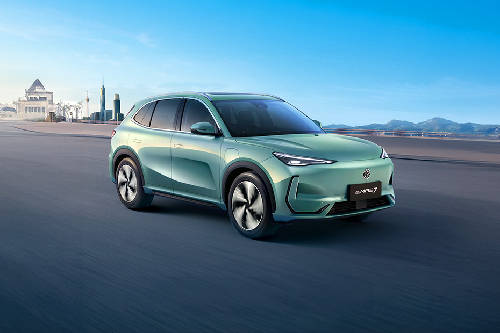
|
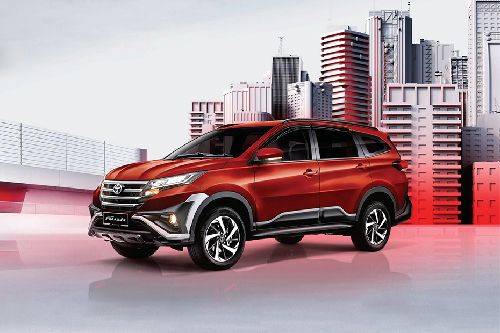
|
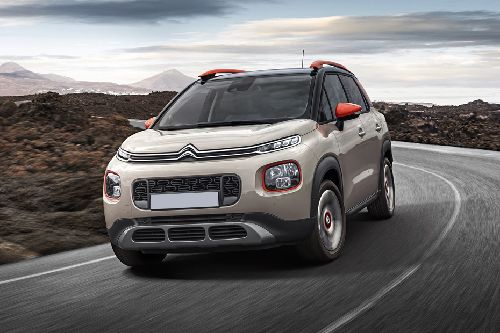
|
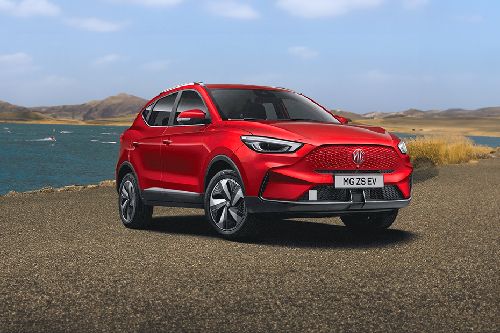
|
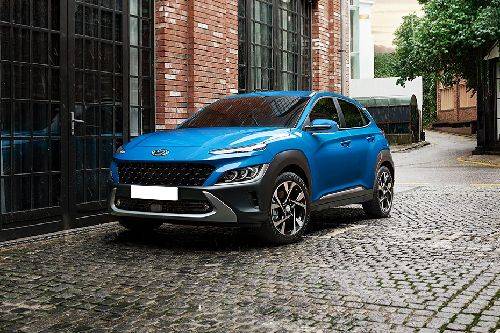
|
|
Ground Clearance
173 mm
|
220 mm
|
-
|
161 mm
|
-
|
|
Seating Capacity
5
|
7
|
5
|
5
|
5
|
|
Fuel Type
Electric
|
Petrol
|
Petrol
|
Electric
|
Petrol
|
|
Power
215
|
104
|
110
|
174
|
147
|
|
Torque
320 Nm
|
136 Nm
|
205 Nm
|
280 Nm
|
180 Nm
|
|
Transmission Type
Automatic
|
Automatic
|
Automatic
|
Automatic
|
CVT
|
|
Engine
-
|
1496
|
1199
|
-
|
1999
|
|
|
Trending SUV
- Latest
- Upcoming
- Popular

